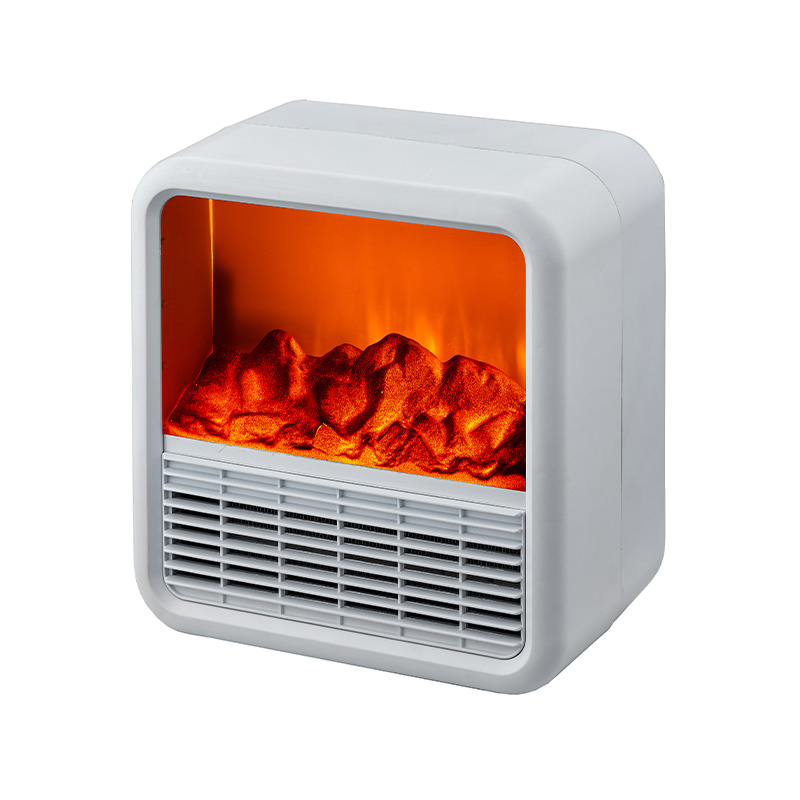The specific regulations and permits required for the installation of table fireplaces can vary based on your location and the type of fireplace you're installing. Here are some general guidelines on how consumers can navigate these requirements:
Local Building Codes: Investigate and familiarize yourself with the intricate details of the local building codes governing fire features. Different municipalities often have nuanced regulations regarding the type, construction, and placement of open flames, including table fireplaces. A meticulous understanding of these codes is imperative to ensure not only the legality but also the safety and structural integrity of your installation.
Fire Safety Regulations: Delve deeply into the local fire safety regulations, paying close attention to seasonal variations that might impose heightened restrictions on outdoor burning. Given the potential risks associated with open flames, stringent adherence to these regulations is non-negotiable. Confirm that your table fireplace not only meets but exceeds these standards, thus mitigating any conceivable fire hazards.
Zoning Regulations: Conduct a comprehensive examination of zoning regulations applicable to your specific property. These regulations could vary based on the neighborhood or district, necessitating a detailed understanding of how they impact the installation of outdoor features, particularly table fireplaces. A nuanced grasp of these regulations aids in strategic planning to ensure a compliant and harmonious integration.
Permit Requirements: Interact proactively with local authorities to ascertain the prerequisites for obtaining permits pertinent to table fireplace installations. Some jurisdictions may necessitate permits for outdoor heating elements, and obtaining these in advance is not just a legal formality but a proactive step towards ensuring that your installation aligns seamlessly with safety standards and regulatory expectations.
Professional Installation: Elevate the caliber of your installation by enlisting the services of a certified professional. Beyond merely confirming compliance with local regulations, licensed professionals bring an advanced understanding of safety protocols and construction practices. Their involvement not only ensures a legally sound installation but also guarantees a level of craftsmanship that enhances the durability and efficiency of your table fireplace.
Documentation: Cultivate a meticulous record-keeping system encompassing every facet of your table fireplace. This includes, but is not limited to, user manuals, safety certifications, and purchase receipts. These documents not only serve as a testament to your commitment to safety but act as a crucial arsenal when interfacing with local authorities, providing tangible proof of compliance and due diligence.
Consult with Experts: Engage in comprehensive consultations with a spectrum of professionals, ranging from contractors and fire safety experts to local government officials. Their collective expertise serves as a beacon, guiding you through the labyrinth of local regulations and ensuring that your installation not only meets but surpasses the stipulated safety standards.
Neighbors and Homeowners Association (HOA): Navigate the complex landscape of community dynamics by not only scrutinizing the restrictions imposed by your homeowners association but also actively engaging with your neighbors. Open lines of communication can alleviate potential conflicts, and a proactive approach to addressing concerns related to noise, smoke, and visual impact contributes to a harmonious coexistence within the community.
Stay Informed: Cultivate a habit of perpetual vigilance by staying attuned to any shifts in the local regulatory landscape pertaining to outdoor fire features. This involves establishing mechanisms for real-time updates, attending local community forums, and actively participating in discussions that concern fire safety. Proactive information assimilation empowers you to anticipate regulatory changes and proactively modify your installation to maintain compliance with the latest standards.
TFP-15A White






